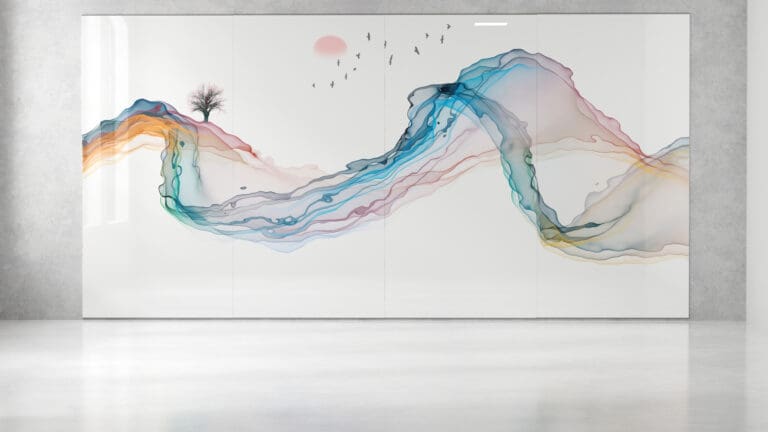

Colors are all around us, shaping our perceptions, influencing our emotions, and even impacting our behavior. From the serene blues of the ocean to the vibrant reds of a sunset, each hue holds a unique power over our psyche. This phenomenon is at the heart of color psychology, a fascinating field that explores how different colors affect human thoughts, feelings, and actions. We will delve into the mesmerizing world of color psychology, uncovering the hidden meanings behind our favorite shades and understanding their profound impact on our everyday lives.
The Basics of Color Psychology:
Color psychology is the study of how colors affect human behavior and emotions. It explores the psychological and physiological responses elicited by different hues, including their ability to evoke specific moods, trigger memories, and influence decision-making. While perceptions of color can vary based on individual experiences and cultural backgrounds, certain universal associations have been observed across diverse populations.
Understanding the Influence of Colors:
Each color has its own unique psychological properties and symbolic meanings. Let’s explore some of the most common colors and their psychological effects:
Cultural Variations in Color Perception:
While certain color associations may be universal, it’s important to recognize that cultural differences can also influence how colors are perceived. For example, in Western cultures, white is often associated with purity and innocence, while in some Eastern cultures, it is associated with mourning and funerals. Similarly, the symbolism of colors can vary widely across different societies, highlighting the complex interplay between color psychology and cultural context.
Application in Design and Marketing:
Color psychology plays a crucial role in various fields, including graphic design, branding, marketing, and interior design. By strategically incorporating colors into design elements, businesses can evoke specific emotions and perceptions in their target audience. For example:
Color psychology offers a fascinating glimpse into the complex interplay between human perception and emotion. By understanding the psychological effects of different colors, we can harness their power to create more impactful designs, foster positive environments, and even influence consumer behavior. So the next time you find yourself surrounded by a kaleidoscope of hues, such as Calyx by Claridge’s 180 powder coat color options or 40 Ombria gradient colors that can be printed onto glass whiteboards, take a moment to consider the profound influence they may be having on your mind and mood.

